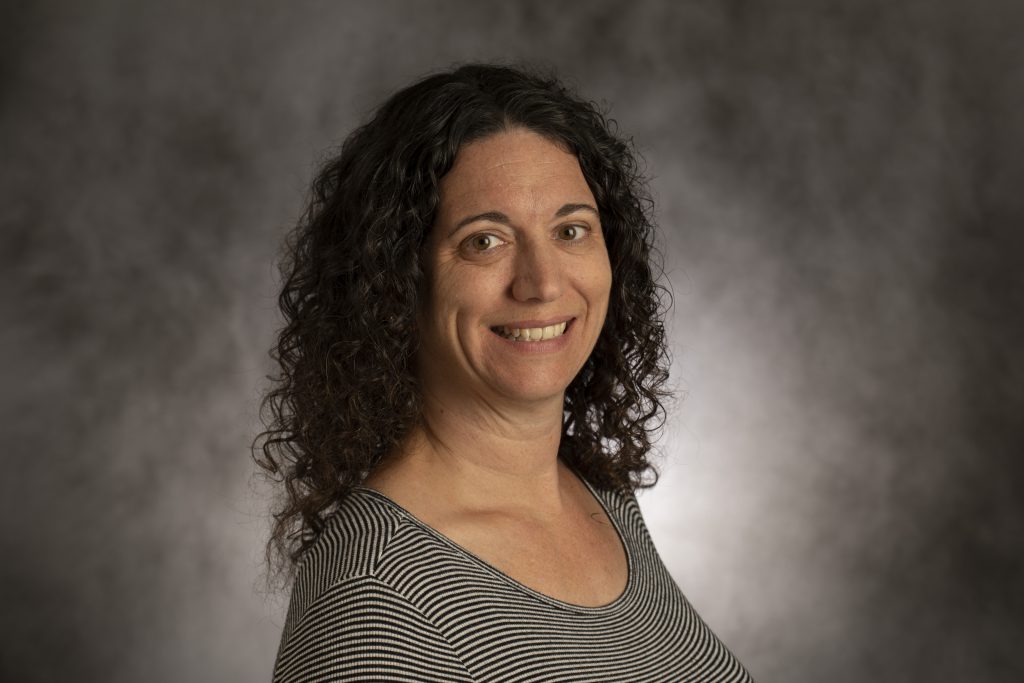
Deputy David Cattanach was on his way to check on a wounded cat when a more pressing call came over the radio: Someone had suffered an injury at St. Michael School. A fall maybe. Or an accident. The dispatcher mentioned blood on the floor.
The kitten would have to wait.
Gina Barton, from “Unsolved Season 3: The Devil You Know:
The Journalist as a Historian
Milwaukee Journal Sentinel reporter Gina Barton reopened a 40-year-old unsolved murder case with the potential to reflect badly on individuals and institutions, sometimes fairly but sometimes not.
The case revolved around Father Alfred Kunz, whose throat was slit inside a parish school in a small town in Wisconsin in 1998. During her investigation, Barton interviews those who were close to Kunz while also cataloging the religious institutions and professional associations he belonged to. Throughout the investigation, Barton dealt with numerous dead ends, unconfirmable leads and inconsistent storylines, all of which had implications for those involved in the case.
Barton is open to doing virtual class visits. Contact Center administrator Krista Eastman (krista.eastman@wisc.edu) for more information.
Questions
Q1: Can journalists make the same claims from second-hand sources as they could from primary sources? What are the ethical implications of using older, less verifiable sources?
Q2: Is it permissible for a journalist to report on unsolved cases? How can a journalist mitigate the ethical concerns of misrepresentation?
Q3: Barton undertook extensive research, especially historical research, to construct her story. Do journalists have the same obligation to living sources as they do to individuals and institutions that no longer exist?
